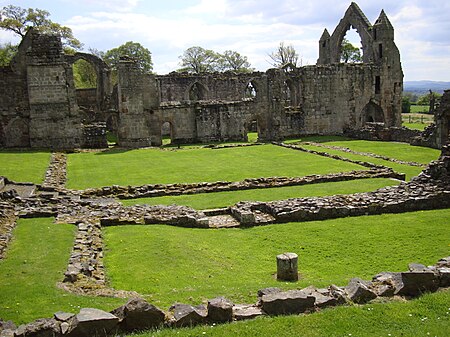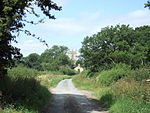Haughmond Abbey

Haughmond Abbey (locally HOR-mənd) is a ruined, medieval, Augustinian monastery a few miles from Shrewsbury, England. It was probably founded in the early 12th century and was closely associated with the FitzAlan family, who became Earls of Arundel, and some of their wealthier vassals and allies. It was a substantial, successful and wealthy house for most of its four centuries, although evidence of abuses appeared before its dissolution in 1539. The buildings fell into disrepair and the church was largely destroyed, although the remains of some of the domestic buildings remain impressive. The site is now in the care of English Heritage and is open to the public throughout the year and free entry.
Excerpt from the Wikipedia article Haughmond Abbey (License: CC BY-SA 3.0, Authors, Images).Haughmond Abbey
B5062,
Geographical coordinates (GPS) Address External links Nearby Places Show on map
Geographical coordinates (GPS)
| Latitude | Longitude |
|---|---|
| N 52.7324 ° | E -2.6801 ° |
Address
Haughmond Abbey
B5062
SY4 4RP
England, United Kingdom
Open on Google Maps









